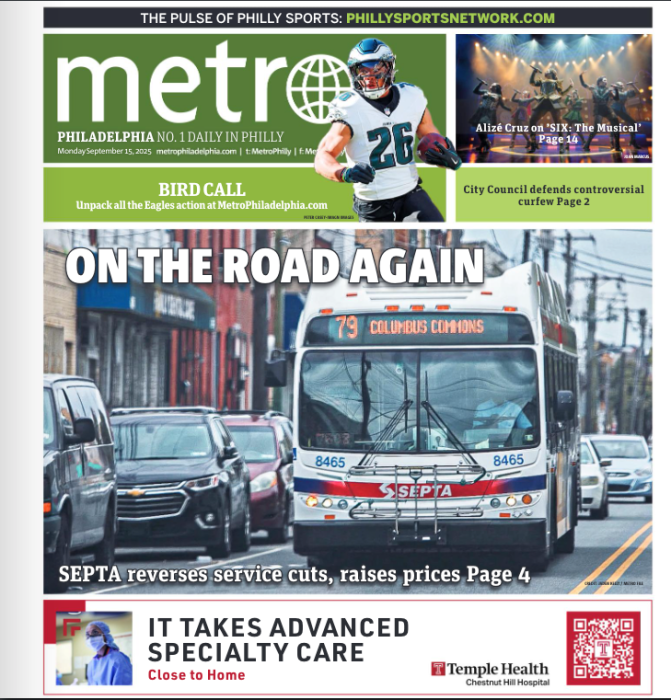By Lucia Mutikani
U.S. retail sales increased moderately in February as more expensive gasoline and food forced households to cut back spending on other goods like furniture, electronics and appliances, which could restrain economic growth this quarter.
The report from the Commerce Department on Wednesday, however, showed the rebound in sales in January was much stronger than initially estimated. Record gasoline and high food prices are hitting lower-income households the hardest.
Overall, consumers are being cushioned by massive savings accumulated during the COVID-19 pandemic. Worker shortages with near-record jobs openings are boosting wages and allowing Americans to pick up extra shifts to augment their income.
“Though cooling after January’s splurge, American consumers appear reasonably well positioned to keep spending, supported by recent massive job gains and high household savings,” said Sal Guatieri, a senior economist at BMO Capital Markets in Toronto.
“This assumes, of course, no further major blows to fuel and food costs, confidence, and financial conditions stemming from the Russia-Ukraine war.”
Retail sales increased 0.3% last month. Data for January was revised higher to show sales surging 4.9% instead of 3.8% as previously reported. Economists polled by Reuters had forecast retail sales growth slowing to 0.4%, with estimates ranging from as low as a 0.7% decline to as high as a 1.7% increase.
Retail sales increased 17.6% from a year ago. The moderate monthly gain in retail sales came ahead of an expected interest rate increase from the Federal Reserve later on Wednesday, the first in just over three years.
Retail sales are mostly made up of goods and are not adjusted for inflation. Last month, sales at auto dealerships increased 0.8%. The rise likely reflected higher prices amid shortages, as motor vehicle manufacturers reported a decline in unit sales last month. Auto sales accelerated 6.9% in January.
Receipts at service stations shot up 5.3%. Gasoline prices jumped 24 cents to an average of $3.49 per gallon in February from January, according to data from the U.S. Energy Information Administration. They have since pushed to a record high above $4 per gallon after Russia’s invasion of Ukraine on Feb. 24. The war has also boosted wheat prices, which could keep food prices high.
U.S. stocks opened higher amid signs of progress in Ukraine-Russia peace talks. The dollar fell against a basket of currencies. U.S. Treasury yields rose.
UNDERLYING STRENGTH
Sales at furniture stores fell 1.0%. Consumers also cut back on spending at health and personal care stores, with sales declining 1.8%. Sales at nonstore retailers tumbled 3.7%. Receipts at electronic and appliance stores fell 0.6%.
But consumers spent more on clothing as well as sporting goods, hobbies, musical instruments and books. Receipts at restaurants and bars rebounded 2.5%. Restaurants and bars are the only services category in the retail sales report.
Excluding automobiles, gasoline, building materials and food services, retail sales fell 1.2% in February. Data for January was revised sharply higher to show these so-called core retail sales rebounding 6.7% instead of 4.8% as previously reported.
Core retail sales correspond most closely with the consumer spending component of gross domestic product. The upward revision to January core retail sales offset the decline in February, which could leave consumer spending on a moderate growth path in the first quarter.
The Russia-Ukraine war, which is also expected to further strain supply chains, prompted economists at Goldman Sachs last week to slash their gross domestic product growth estimate for the first quarter to a 0.5% annualized rate from a 1.0% pace. The economy grew at a robust 7.0% rate in the fourth quarter.
A recession is not anticipated this year as consumers are sitting on about $2.5 trillion in excess savings. Job openings at the end of January were a near record 11.3 million.
“The U.S. economy is still likely to see continued growth, though at a slower pace than seemed possible at the start of the year,” said Bill Adams, chief economist at Comerica Bank in Toledo, Ohio.
Reuters




























